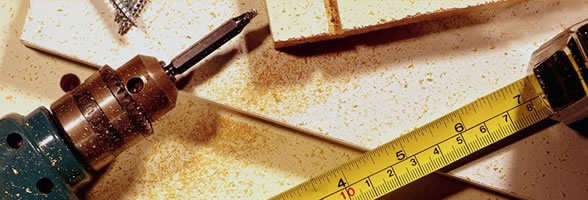
Nonbullous neutrophilic lupus erythematosus

Brinster NK et al. Nonbullous neutrophilic lupus erythematosus: A newly recognized variant of cutaneous lupus erythematosus. J Am Acad Dermatol 2012 Jan; 66:92.
In patients with systemic lupus erythematosus (SLE), a finding of neutrophils has been associated with bullous disease. However, six reports of patients with disease termed "non-bullous neutrophilic lupus erythematosus" have now been published. Where in the LE spectrum such patients should be classified is unknown.
All biopsy samples revealed neutrophils with leukocytoclasia affecting the interstitial dermis, and one showed a neutrophil-rich panniculitis. Vasculitis was not observed, but vacuolar alteration along the dermo-epidermal junction was seen. Direct immunofluorescence (DIF) microscopy in two patients demonstrated presence of complement component C3, immunoglobulin G, and immunoglobulin M along the basement membrane zone. Patients were treated with increased doses of mycophenolate mofetil or prednisone, or with the addition of dapsone, or topical therapy, and all lesions resolved.
Comment: This entity should be classified as a nonspecific dermatosis that may occur in a patient with systemic lupus erythematosus. The DIF findings might be expected in SLE, particularly in sun-exposed areas. In addition, we are not told if the DIF was performed on normal or lesional skin or on sun-exposed or non-sun-exposed skin, and whether the testing involved a snap frozen method or Michel's transport media. Enough features seem to distinguish this from Sweet syndrome, and the histopathology is not compatible with a neutrophil-rich urticaria, another entity associated with SLE. The bottom line is that we are left with a curiosity that I do not believe should be called LE, although it may occur in the setting of SLE.
Published in Journal Watch Dermatology January 27, 2012
